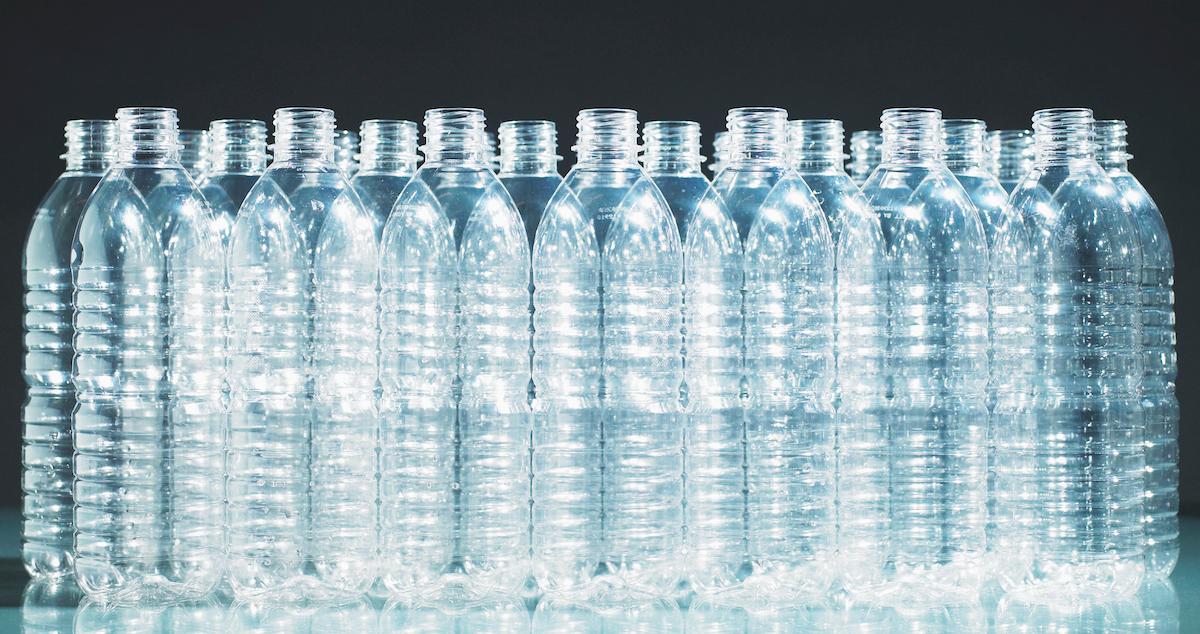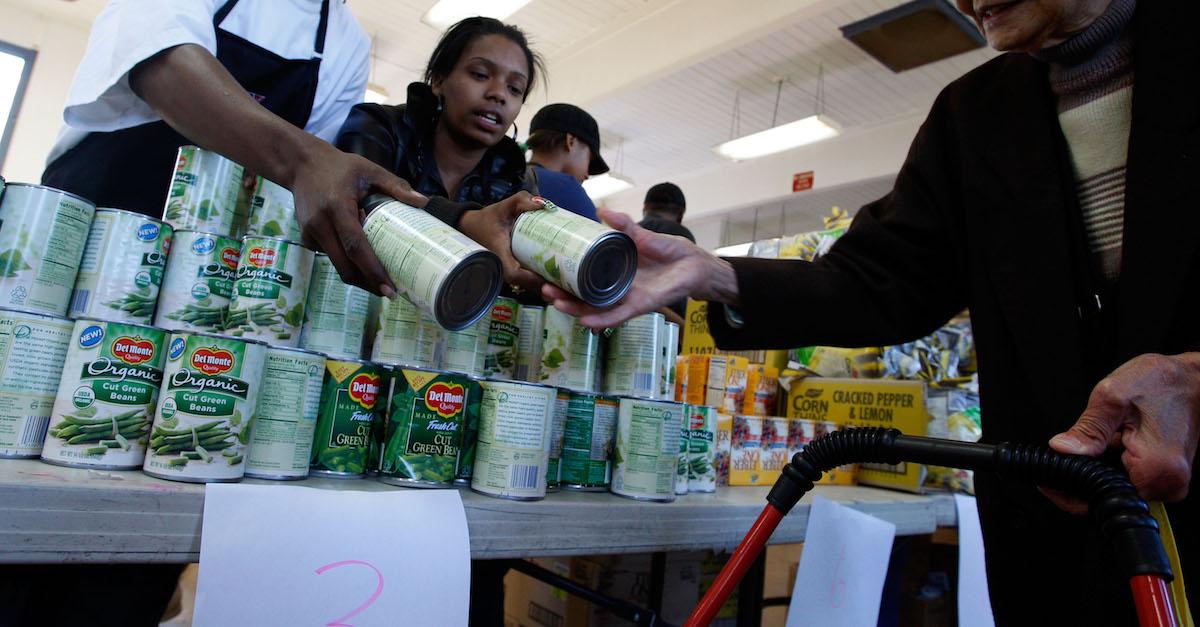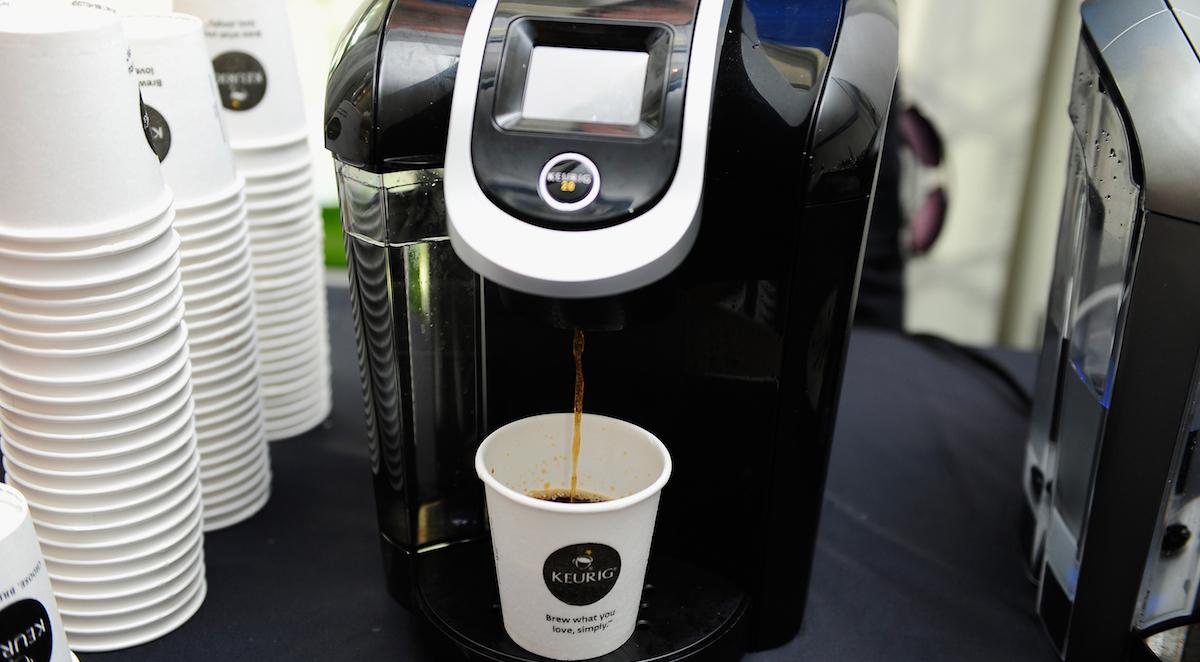Is BPA-Free Plastic Actually Safer? What BPA-Free Labels Really Mean
It’s not uncommon to find the words “BPA-free” written on the side of a plastic product, but this distinction may not mean all that much in terms of safety.
Updated June 17 2024, 4:04 p.m. ET

When you purchase a product labeled BPA-free, the implication is that this product is somehow safer than those that are not labeled as such. Yet, very few people understand what BPA-free means.
Make no mistake, though, the distinctions between BPA and BPA-free products is highly important, as BPA exposure can impact your and your child’s safety in the long run.

What is BPA?
To understand BPA-free, you must first understand what BPA itself is. BPA stands for bisphenol A, an industrial chemical compound used in the manufacturing of certain polycarbonate plastics and epoxy resins. According to the Mayo Clinic, BPA has been around since the 1960s.
BPA plastics have historically been used to make containers meant to hold food or beverages. Similarly, BPA resins were used to coat the inside of food cans and bottle tops, as well as dental sealants or composites. And unfortunately, BPA can cause a number of negative health effects (more on those in a moment).
What does BPA-free mean?
Conversely, products labeled as BPA-free do not contain the chemical compound bisphenol A. This is a good thing, since, according to Medical News Today, this type of chemical has been linked to a whole host of cardiovascular problems like coronary artery heart disease, hypertension, heart attack, angina, and more.
However, BPA is not the only potentially-toxic chemical used in the plastic manufacturing process, and BPA-free plastics can still contain other chemicals that can be harmful.
That said, just because a plastic item is BPA-free does not mean it's the safest option, as plastic may contain many other chemicals or stabilizers that have been associated with negative health impacts.
BPA-free plastics are much more common today, especially when it comes to the materials manufacturers use to make baby dishware, sippy cups, toys, and the like. There are also plenty of BPA-free plastic water bottles and food storage containers on the market, which are supposedly a safer bet than those that contain BPA or its “safer” replacements, bisphenol-S (BPS) or bisphenol-F (BPF). However, it's impossible to know exactly what chemicals were used to make specific plastic items.

What are BPA plastics?
According to Healthline, BPA can be found in a number of common plastics and products. In addition to containers and canned food, BPA can be found in toiletries, thermal printed receipts, household electronics, DVDs, and CDs. It can also be found in feminine hygiene products and eyeglass lenses: two products meant to be in contact with sensitive areas of the human body for extended periods of time.
How do BPA plastics affect our hormones? 'The Joe Rogan Experience' shined a light on this.
BPA plastics had a moment in the spotlight in April 2021, when an interview on The Joe Rogan Experience featured a discussion on the hormonal effects of the chemical. On the podcast, epidemiologist Dr. Shanna Swan indicated that some of these chemicals have resulted in lower testosterone, increased infertility in women, and psychological effects like depression and increased anxiety.
Are BPA-free products fully safe?
According to Care.com, just because a product is labeled as BPA-free doesn’t mean it’s fully safe to use. In fact, 70 percent of all BPA-free products still leach harmful chemicals into food and beverages. Research has shown that products continuing BPF and BPS contain compounds that may disrupt cellular function, again, even in very small doses.
After reading the above information, you may feel included to reduce your use of single-use plastic — which is certainly a positive choice for the sake of your health and the environment. That said, know that it is impossible to fully avoid BPA, and especially to avoid plastic, as it has become so pervasive in our society. So, don't be too hard on yourself or expect perfection on this journey.

Are K-Cups BPA-free?
Keurig cups, otherwise known as K-Cups, are pretty lousy for the environment in every way, but at least they are BPA-free, according to the brand. Per Mother Jones, K-Cups are generally made from No. 7 plastic, and can technically be recycled. But remember, all plastic products contain potentially harmful compounds, even if they are BPA-free.
This article, originally published on May 13, 2021, has been updated.